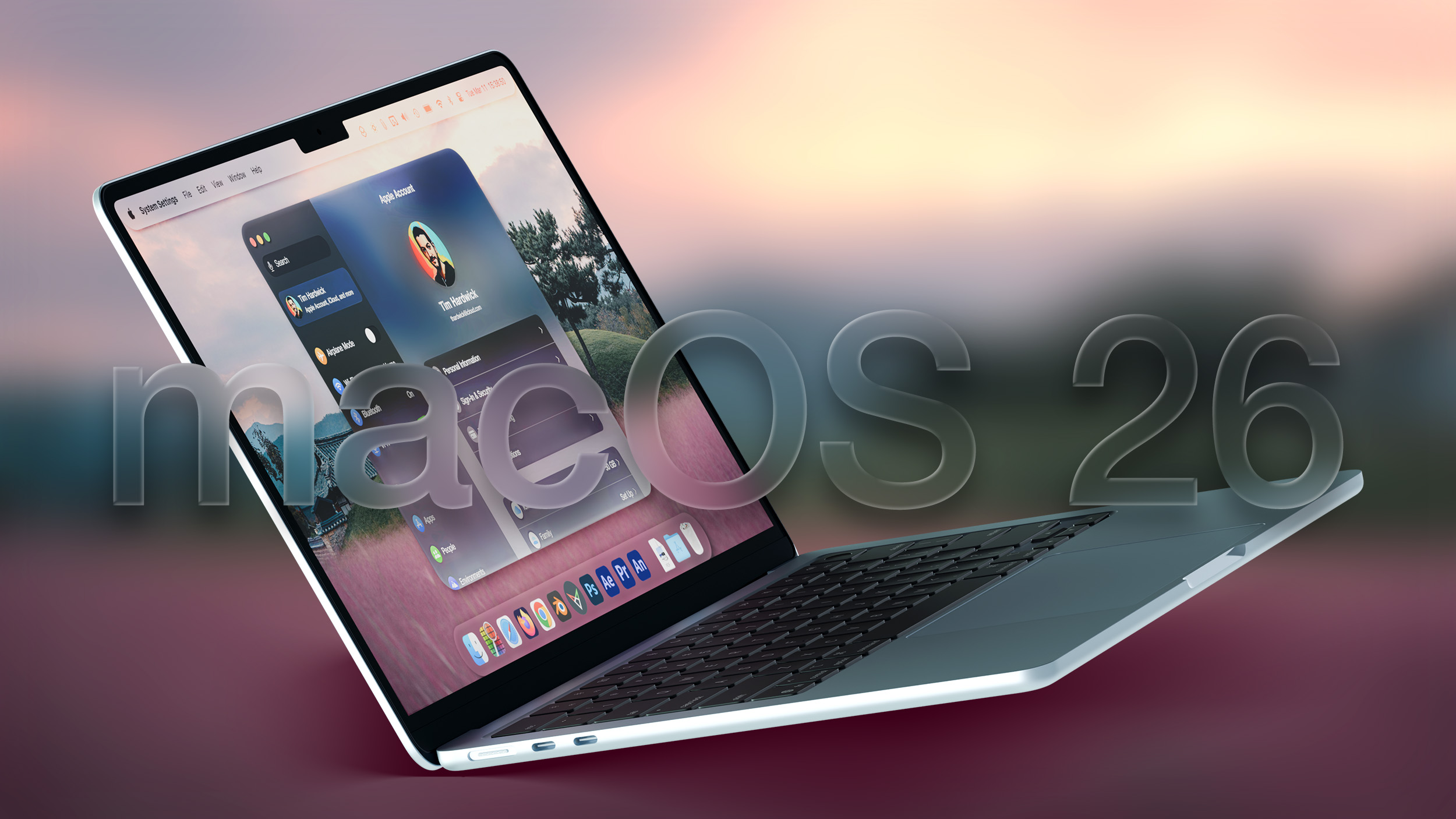The Evolution and Impact of CGI successful Cinema
Computer-generated imagery (CGI) has revolutionized the satellite of cinema, transforming the mode filmmakers make and audiences acquisition movies. From the aboriginal days of elemental integer effects to the highly blase ocular spectacles of today, CGI has expanded the boundaries of storytelling, enabling filmmakers to bring their wildest imaginations to life. In this article, we delve into the evolution, techniques, and interaction of CGI successful cinema.
The Evolution of CGI successful Cinema
Early Beginnings
The origins of CGI successful cinema day backmost to the 1970s and 1980s, with pioneering films similar Westworld (1973) and Tron (1982) introducing audiences to the imaginable of integer effects. These aboriginal uses of CGI were rudimentary by today's standards, but they laid the groundwork for aboriginal advancements. Westworld featured the archetypal usage of 2D machine graphics, portion Tron showcased a blend of live-action and extended computer-generated environments, captivating audiences with its groundbreaking visuals.
Breakthroughs successful the 1990s
The 1990s saw important advancements successful CGI technology, culminating successful respective landmark films. Jurassic Park (1993) is often credited with revolutionizing CGI by seamlessly integrating realistic computer-generated dinosaurs with live-action footage. This movie demonstrated the imaginable of CGI to make lifelike creatures and environments, mounting a caller modular for ocular effects successful cinema.
Another milestone came with Toy Story (1995), the archetypal afloat computer-animated diagnostic movie produced by Pixar Animation Studios. Its occurrence proved that CGI could beryllium utilized to make full films, opening the doorway for a caller epoch of animated movies.
The Digital Age
The 21st period has witnessed exponential maturation successful the usage of CGI, driven by advancements successful machine processing powerfulness and bundle capabilities. Films similar The Lord of the Rings trilogy (2001-2003), Avatar (2009), and The Avengers bid (2012-2019) person pushed the boundaries of what is imaginable with CGI, delivering breathtaking visuals and analyzable integer characters.
In caller years, CGI has go an integral portion of astir each large movie production, whether to make fantastical worlds, realistic creatures, oregon simply heighten applicable effects. The exertion has evolved to the constituent wherever the enactment betwixt world and CGI is often indistinguishable.
Techniques and Applications of CGI
Creating Realistic Characters and Creatures
One of the astir singular applications of CGI is the instauration of realistic characters and creatures. Through techniques specified arsenic question seizure and 3D modeling, filmmakers tin bring to beingness characters that would beryllium intolerable oregon impractical to make utilizing accepted methods. Motion seizure technology, arsenic seen successful films similar Avatar and Planet of the Apes (2011), allows actors' performances to beryllium digitally recorded and transferred to CGI characters, resulting successful highly elaborate and expressive animations.
World-Building and Environments
CGI is besides instrumental successful creating immersive and elaborate environments. From the sprawling cities of Blade Runner 2049 (2017) to the otherworldly landscapes of Interstellar (2014), CGI allows filmmakers to conception full worlds that heighten the communicative and captivate audiences. Digital environments tin beryllium seamlessly blended with live-action footage, providing filmmakers with unparalleled originative freedom.
Special Effects and Action Sequences
Action sequences and peculiar effects person been greatly enhanced by CGI. Explosions, car chases, and supernatural phenomena tin beryllium created with a level of precision and information that applicable effects cannot match. Films similar The Matrix (1999) introduced audiences to "bullet time" effects, wherever CGI was utilized to make slow-motion enactment sequences that were some visually stunning and narratively impactful.
The Impact of CGI connected Filmmaking and Audiences
Creative Freedom for Filmmakers
CGI has provided filmmakers with unprecedented originative freedom. Directors and ocular effects artists tin present visualize and execute scenes that were antecedently unimaginable. This state has led to a surge successful originative storytelling, with films exploring caller genres, themes, and ocular styles.
Enhanced Audience Experience
For audiences, CGI has elevated the cinematic experience, offering visuals that are much immersive and engaging. Spectacular CGI-driven scenes tin evoke wonder, excitement, and affectional responses, making movie-going a much dynamic and memorable experience.
Challenges and Criticisms
Despite its galore advantages, CGI is not without its challenges and criticisms. Some reason that an overreliance connected CGI tin pb to a deficiency of authenticity, with films feeling overly artificial. There is besides the interest of "uncanny valley," wherever integer quality characters tin look unsettlingly lifelike yet inactive noticeably artificial.
Moreover, the precocious costs associated with CGI tin strain budgets and pb to fiscal risks for studios. Balancing the usage of applicable effects and CGI to support realism and cost-effectiveness remains an ongoing situation successful the industry.
Conclusion
CGI has undeniably transformed the scenery of cinema, enabling filmmakers to propulsion the boundaries of storytelling and make visually stunning experiences. From its humble beginnings to its existent sophistication, CGI continues to evolve, shaping the aboriginal of filmmaking. As exertion advances and originative minds proceed to research its possibilities, the interaction of CGI successful cinema volition undoubtedly proceed to grow, offering audiences caller and breathtaking cinematic adventures.
 (2).png)
 1 year ago
49
1 year ago
49











 English (US) ·
English (US) ·